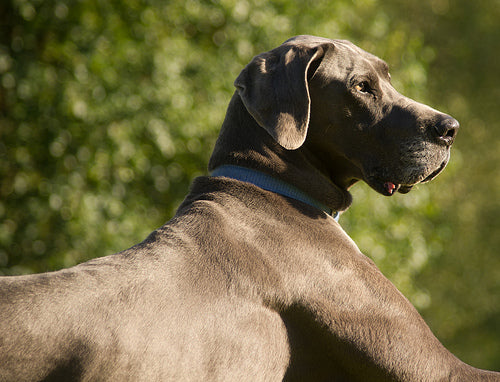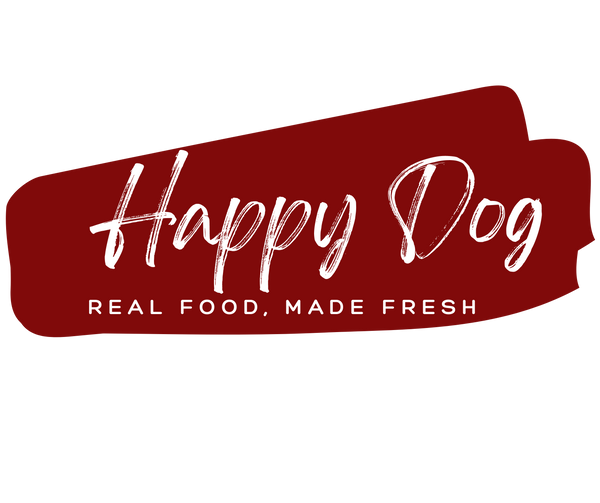
What Every Pet Owner Needs to Know About Bloat
Bloat in dogs, also known as gastric dilatation and volvulus (GDV), is a serious and potentially deadly condition that every dog owner should know about. This condition happens when a dog’s stomach fills with food, liquid, or gas and then twists, cutting off blood flow to vital organs. Larger breeds, particularly deep-chested dogs like Great Danes and German Shepherds, are at a higher risk, but any dog can be affected. Understanding the causes, symptoms, and preventive steps for bloat can make a huge difference in keeping your dog safe. Early recognition and fast action are key to preventing complications.
Causes and Mechanisms of Bloat
Bloat often starts with a common question: why does my dog get bloated after eating? Overeating or eating too quickly can be a major factor. When dogs gulp down large amounts of food quickly, they often swallow air along with it, which adds extra gas to their stomach. This can lead to a rapid stomach expansion, especially if your dog has a habit of overeating. Imagine a puppy ate too much, now bloated and uncomfortable—it’s often the direct result of excess food and air filling their stomach in a short amount of time.
Another contributor is the type of food a dog eats. Dry dog food, for instance, can be a significant factor, as it absorbs stomach fluids and expands. You may wonder, does dry dog food expand in the stomach? Yes, it does, and when a dog eats too much of it too quickly, the swelling of the food inside the stomach can increase pressure and the likelihood of bloat. A similar risk applies when a dog gorged on dry food, as this combination of rapid intake and food expansion can create a dangerous buildup of pressure in the stomach.
Certain risk factors, such as feeding frequency and the type of food, can make bloat more likely, especially in puppies and large-breed dogs. A puppy bloated belly often occurs after big meals, but a distended belly can signal a more serious condition if it doesn’t go down. For some dogs, even changing dog food can cause bloating, as some ingredients digest differently and may lead to increased gas production. By understanding these causes, you can take proactive steps, like feeding smaller, more frequent meals and monitoring food intake, to help reduce the risk of bloat.
Symptoms of Bloat in Dogs and Puppies
Recognizing the symptoms of bloat in dogs and puppies is vital, as early detection can make all the difference. One of the most noticeable signs is a visibly swollen or distended stomach. If you see a dog bloated after eating or a puppy stomach bloated after eating, and the bloating doesn’t subside, it’s a red flag. Another key symptom is unproductive vomiting, where the dog appears to be retching or gagging but nothing is coming up. This can happen when a puppy overate and is bloated, attempting to relieve the discomfort but unable to expel anything.

In addition to physical signs, behavioral changes can indicate bloat. Dogs experiencing bloat often become restless, pacing and unable to settle. They may also breathe in shallow, rapid breaths due to the pressure the stomach puts on the diaphragm. You might notice attempts to vomit that produce no result, a clear sign of trouble. Owners often ask if a dog with bloat will eat or show interest in food. Typically, dogs with bloat won’t want to eat because of the intense discomfort, although some may still appear interested but unable to follow through.
Understanding the difference between a normal puppy belly and a bloated belly can help you distinguish typical fullness from something more serious. After a large meal, a normal puppy belly may look a little round, but this should go down as they digest. In contrast, a bloated normal puppy belly will look and feel much tighter and might be accompanied by signs of distress. If you see a puppy belly bloated after eating and notice unusual signs like dry heaving, this could indicate bloat rather than simple fullness. Recognizing these symptoms can empower you to act quickly and keep your dog safe.
Prevention and First Aid for Bloat
Preventing bloat in dogs starts with simple adjustments to feeding habits. Offering smaller, more frequent meals rather than a single large meal can reduce the chance of dog overeating bloat. This approach prevents a dog from taking in too much food and air at once. For dogs who tend to eat quickly, slow feeders can be a great tool, slowing down their intake to prevent issues that can arise from rapid eating. If a puppy ate too much now bloated, for example, using a slow feeder in the future can help avoid similar problems by encouraging them to take their time with meals.
Another critical factor is managing exercise around mealtimes. Avoid vigorous activity immediately after feeding, as this can increase the risk of the stomach twisting, leading to bloat. If you’ve ever thought, my dog ran after eating, it’s good to remember that just like people, dogs need time to digest. A dog bloated from eating too much and then playing may experience discomfort or more serious complications. Simply waiting 30-60 minutes before letting your dog run around after eating can make a big difference in lowering the risk of bloat.
If symptoms of bloat appear, knowing the basics of first aid can help you respond effectively. If you’re wondering what to do if a puppy ate too much, contacting a vet right away is the best first step, especially if they seem distressed. For instance, if you’re noticing signs like a distended stomach and your first thought is, my dog ate too much food and is bloated, it’s critical to act fast. Food bloat in dogs is a medical emergency, so while waiting for the vet, try to keep your dog calm and avoid any further activity. These steps, combined with proactive feeding and exercise habits, can help you prevent and respond to bloat.
Wrapping Up: Keeping Your Dog Safe from Bloat
Preventing bloat in dogs is essential, especially for large or deep-chested breeds. Small changes, like serving smaller, frequent meals, incorporating fresh dog food into their diet, and using a slow feeder, can help reduce the risk of overeating and excess air intake. Watching for symptoms—such as a distended belly, unproductive vomiting, or changes in behavior—is equally important, as bloat can escalate quickly. If you notice these signs, contact a vet immediately. By staying aware of your dog’s eating habits and post-meal behavior, you can significantly lower their risk of experiencing bloat.
